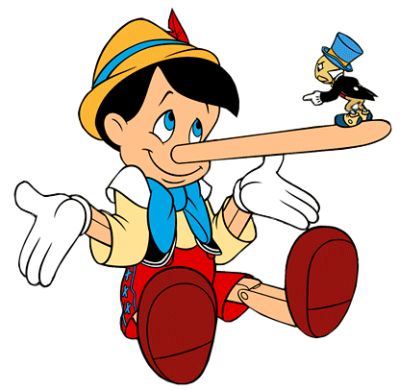In every facet of life, from personal relationships to professional settings, the ability to discern truth from deception is invaluable. Whether you’re a law enforcement officer interrogating a suspect, a journalist interviewing a source, or simply a parent trying to get to the bottom of a mystery involving a broken vase, understanding the subtle cues of deceit can be a game-changer.
While words can be manipulated, the body often tells a story of its own. This guide delves deep into the art and science of detecting lies through body language. So, the next time you’re in a situation where words seem dubious, let the body do the talking.
Before we start, let’s test how good you are at spotting a liar.
1. The Eyes: Windows to the Soul (and Truth)

Contrary to popular belief, avoiding eye contact isn’t a definitive sign of lying. In many cultures, maintaining direct eye contact can be considered rude or aggressive. However, sudden changes in eye behavior can be telling.
- Darting Eyes: If someone’s eyes are darting around, especially when they’re trying to concoct a story on the spot, it might indicate deceit.
- Prolonged Eye Contact: Ironically, some liars might maintain too much eye contact, as if trying to convince you of their honesty.
2. The Arms: Barriers and Shields

Arms can act as barriers, protecting liars from the perceived threat of being uncovered.
- Crossed Arms: While this can be a sign of discomfort or defensiveness, it’s essential to consider the context. Is the room cold? Is the person naturally reserved?
- Hiding Hands: Concealing hands, especially behind the back, can indicate that someone has something to hide, metaphorically or literally.
3. The Hands: Tattletales of Tension
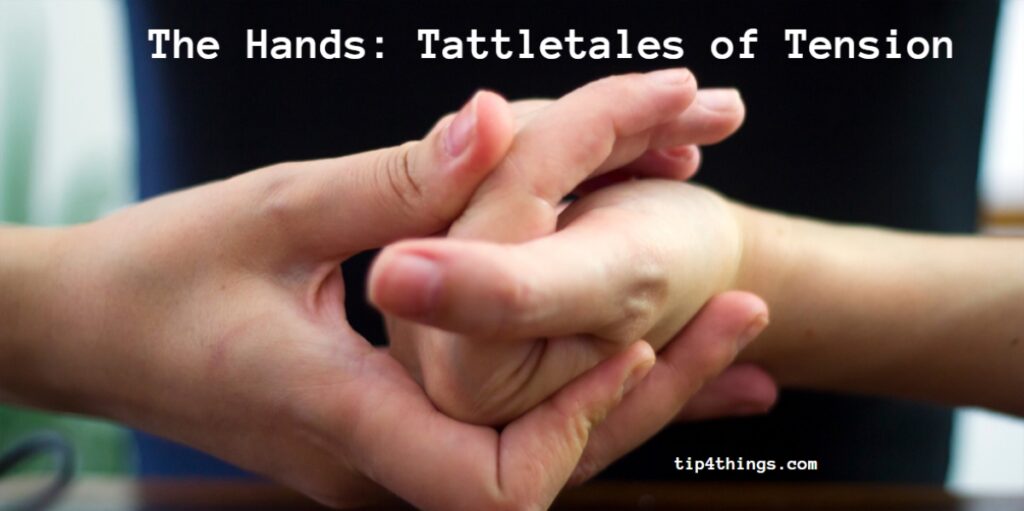
Hands often betray what words try to hide.
- Fidgeting: Playing with fingers, cracking knuckles, or adjusting jewelry can be signs of nervousness.
- Over-gesticulation: Excessive hand movements, especially if they seem out of sync with what’s being said, can be a red flag.
4. The Legs: Restlessness Revealed
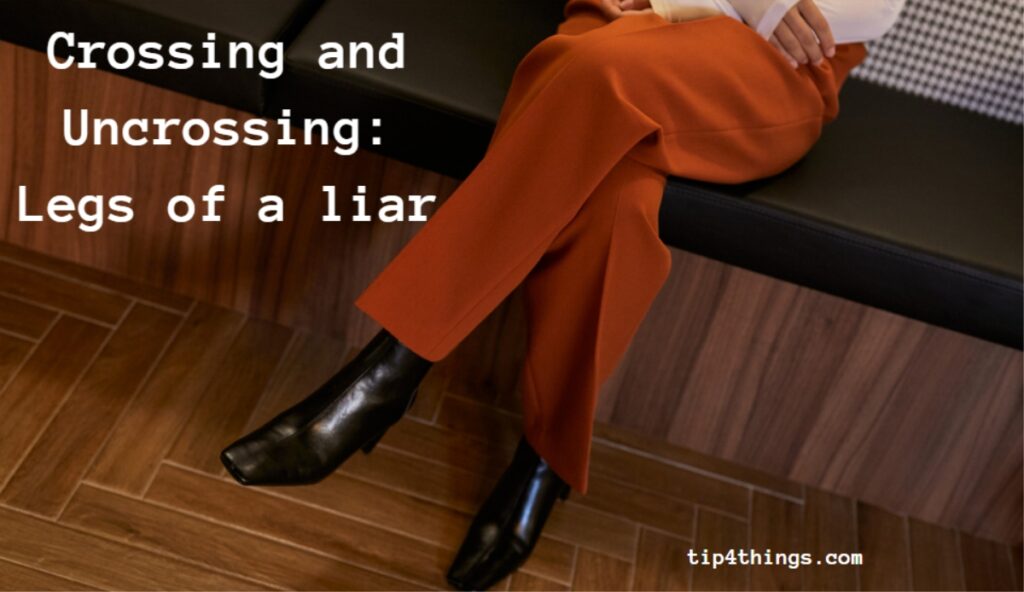
Legs can be quite revealing, especially when someone is seated.
- Shuffling Feet: This can indicate discomfort or the desire to escape the situation.
- Crossing and Uncrossing: Constantly changing leg positions, especially in rapid succession, can be a sign of internal turmoil or nervousness.
5. The Voice and Laughter: Overcompensation and Anxiety

The way someone speaks or laughs can be just as revealing as their body movements.
- Elevated Pitch: A sudden rise in voice pitch can indicate stress or deception.
- Forced Laughter: Overly loud or prolonged laughter, especially if it seems out of place, can be a way to overcompensate for deceit or to deflect attention.
6. Microexpressions: The Face’s Fleeting Tells

Microexpressions are rapid, involuntary facial expressions that reveal genuine emotions, even if just for a fraction of a second.
- Flash of Fear: A quick look of worry or fear when asked a direct question can be telling.
- Mismatched Emotions: If someone’s words convey joy, but their face briefly shows disgust or sadness, there’s likely more to the story.
7. Defensive Postures: Guarding the Truth
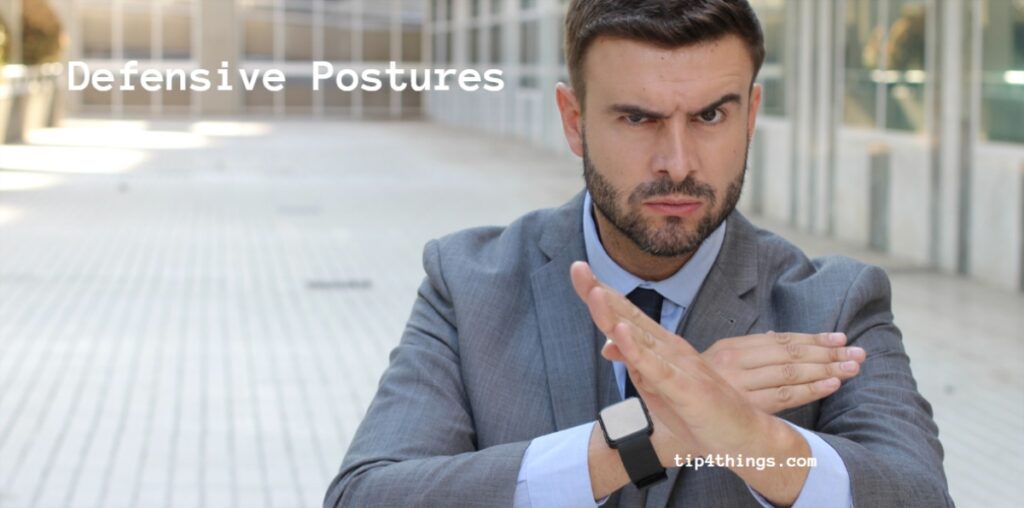
When people lie, they often feel under attack and may adopt defensive postures.
- Physical Barriers: Placing objects (like a cup or a bag) between themselves and the person they’re speaking to can be a subconscious way to create a barrier.
- Retreating: Leaning back or physically moving away can indicate a desire to distance oneself from the conversation or situation.
Tales of Deception: Real-Life Encounters with Body Language
1. The Job Interview

Sarah, a hiring manager, was interviewing candidates for a high-profile position. One candidate, Mark, had an impressive resume and answered questions confidently.
However, Sarah noticed that every time she asked about his experience at a particular company, Mark would touch his neck and look away briefly.
Trusting her instincts and the power of body language, Sarah decided to do a thorough background check.
It turned out Mark had exaggerated his role and achievements at that company.
2. The Stolen Necklace
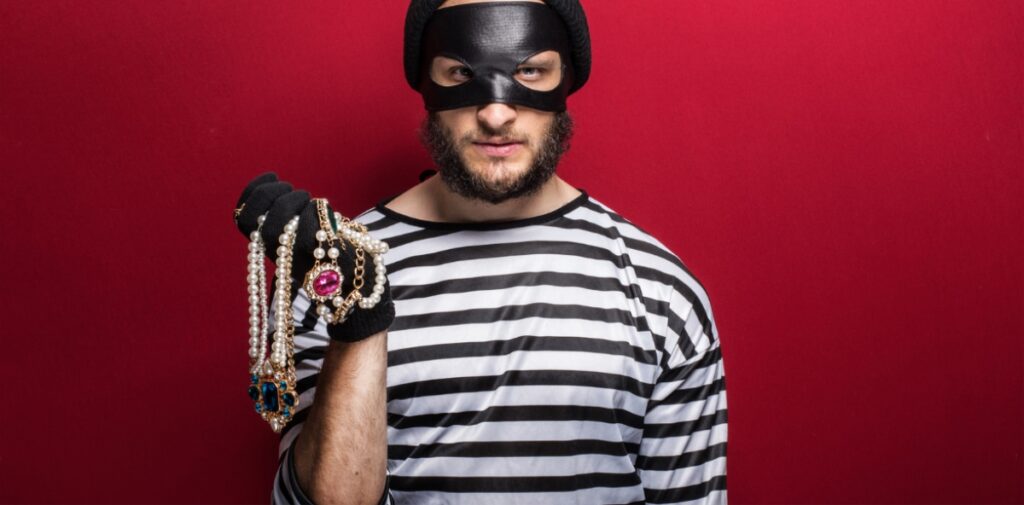
At a family gathering, Emily’s precious necklace went missing. She would rather not accuse anyone without evidence but remembered reading about body language cues.
When she casually mentioned the missing necklace, she observed her cousin Jenna’s feet shuffling and her laugh a bit too loud and forced.
Later, Jenna confessed to taking the necklace, thinking it was costume jewelry, and returned it.
3. The Political Scandal
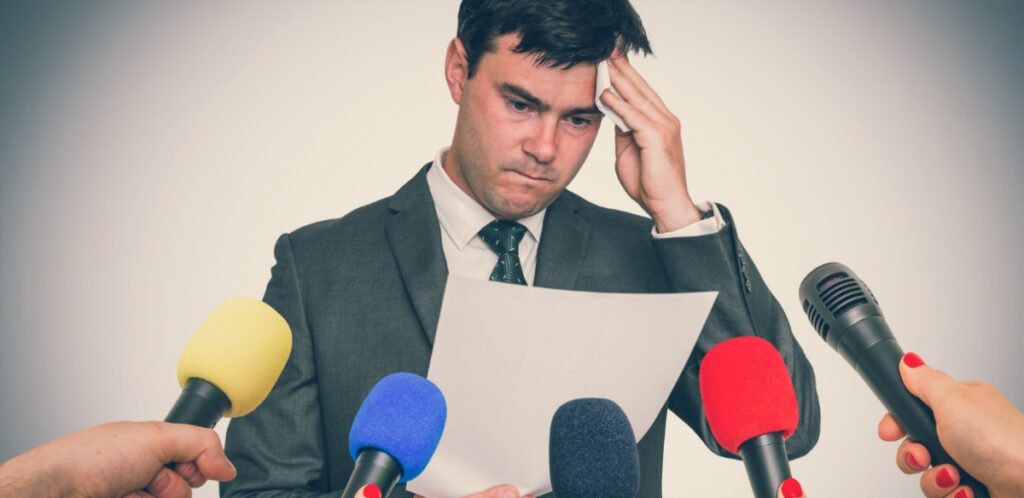
A renowned politician was accused of misusing campaign funds. During a press conference, he vehemently denied the allegations.
However, keen observers noted that he displayed several signs of discomfort: excessive sweating, over-gesticulating, and mismatched facial expressions.
A few weeks later, evidence emerged, proving the allegations true, leading to his resignation.
4. The Cheating Scandal

Anna had suspicions that her boyfriend, Leo, was seeing someone else.
One evening, she directly asked him. Leo’s response was a firm “no,” but Anna noticed his lips tightened, and he took a deep breath before answering.
Trusting her gut and these subtle cues, Anna decided to investigate further and discovered he had been unfaithful.
Conclusion: Context is Key
While these signs can provide valuable insights, it’s crucial to consider the broader context. Everyone has unique baseline behaviors, and what might be a sign of deceit in one person could be a mere quirk in another.
The key is to look for clusters of cues and changes in behavior. And remember, while body language can offer clues, it’s not a definitive lie detector. Always approach situations with an open mind and avoid jumping to conclusions.
Frequently Asked Questions (FAQs) about Spotting Liars through Body Language
1. Can body language alone determine if someone is lying?
No, body language can provide clues or indicators, but it’s not a definitive lie detector. It’s essential to consider the broader context, individual differences, and other cues when making a judgment.
2. Are there people who don’t exhibit these signs when lying?
Yes, some individuals, especially those who are skilled at deception or have certain personality traits, might not display typical signs of lying. It’s also worth noting that people with certain neurological or psychological conditions might exhibit behaviors that can be misinterpreted as signs of deceit.
3. How accurate are microexpressions in detecting lies?
Microexpressions can be revealing, but they require keen observation and, ideally, training to interpret correctly. They offer a glimpse into genuine emotions but don’t always indicate deception.
4. Can nervousness or anxiety mimic signs of lying?
Absolutely. Many signs associated with lying, such as fidgeting or avoiding eye contact, can also be manifestations of nervousness, anxiety, or discomfort. It’s crucial to differentiate between the two.
5. How can I improve my ability to read body language?
Practice and education are key. Consider taking courses on body language, reading books on the subject, and observing people in various settings. Remember, understanding body language is as much an art as it is a science.
6. Are there cultural differences in body language cues?
Yes, cultural norms can influence body language. For instance, in some cultures, maintaining direct eye contact might be seen as aggressive or impolite. It’s essential to be aware of cultural nuances when interpreting body language.
7. Can someone train themselves to hide these body language cues?
While it’s possible to become more aware of one’s body language and attempt to control it, completely masking all signs of deceit is challenging. The body often reveals subtle cues, even if someone tries to hide them.

